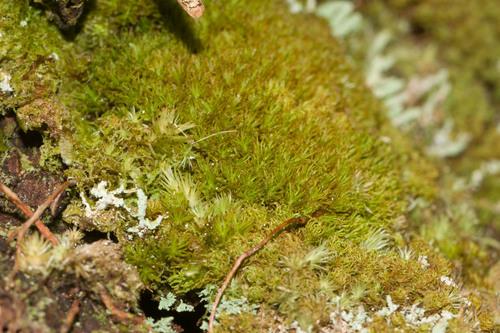
medium.jpg from: https://enciclovida.mx/especies/136784-syrrhopodon
Exploring the Fascinating World of Syrrhopodon platycerii Mitt. Moss

210fd61036129d4014766d0d251836f3.jpg from: https://taieol.tw/pages/9000/articles
Introduction
Mosses are often overlooked, but they play crucial roles in ecosystems around the world. One particularly interesting species is Syrrhopodon platycerii Mitt., a moss in the

Syrrhopodon-japonicus03L.jpg from: https://www.digital-museum.hiroshima-u.ac.jp/~museum/habit/moss_habit/Syrrhopodon japonicus/Syrrhopodon_japonicus.html
Calymperaceae family. In this blog post, we’ll dive into the captivating details of this unique moss, from its morphology to its ecological importance. Get ready to discover the wonders of Syrrhopodon!
Background on Mosses
Before we focus on S. platycerii specifically, let’s review some moss basics. Mosses are non-vascular plants in the division Bryophyta. They lack true roots, stems, and leaves, instead having structures that serve similar functions. Mosses reproduce via spores rather than seeds and are found in diverse habitats worldwide, from arctic tundra to tropical rainforests.
Morphology and Identification
Syrrhopodon platycerii is an acrocarpous moss, meaning it has erect growth and its sporophytes develop at the tips of the main stems. The leaves are lanceolate (lance-shaped) and have a hyaline (translucent) border of elongated cells. The leaf margins are often serrate (toothed). The costa (midrib) is strong and extends to the leaf tip.
Capsules are cylindrical and borne on a seta (stalk) 5-12 mm long. Spores are spherical and papillose (covered in rounded projections). With practice,

49105422046_8b08497903.jpg from: https://www.flickr.com/photos/64527562@N04/49105422046/
S. platycerii can be identified in the field by its growth form and leaf characteristics.
Global Distribution and Habitat
This moss has a pantropical distribution, found in tropical regions around the world including Central and South America, Africa, Southeast Asia, and Oceania. It grows as an epiphyte on tree trunks and branches in moist forests from lowlands to 1500 m elevation.
S. platycerii prefers humid, shaded environments and is often found in association with other epiphytic bryophytes and lichens. It can form extensive mats on its substrate.
Ecological Roles and Adaptations
Like other mosses, Syrrhopodon platycerii plays important roles in its ecosystem:
Moisture retention: Moss mats trap and hold water, regulating humidity in the forest understory and providing a buffer against drying out.
Nutrient cycling: Mosses absorb nutrients from rainwater and trap organic debris, later releasing nutrients as they decompose. This is especially important in tropical forests where nutrients are quickly leached from the soil.
Microhabitat creation: Moss mats create microclimates and microhabitats for invertebrates and other small organisms. Many species live amongst or depend on mosses.
S. platycerii has adaptations for its epiphytic lifestyle, including:
- Structures for efficiently absorbing and retaining water
- Ability to tolerate periodic drying out
- Lightweight spores easily dispersed by wind to colonize new substrates
Conclusion
Syrrhopodon platycerii is a prime example of how even tiny, inconspicuous organisms like mosses lead fascinating lives and play indispensable ecological roles. Next time you’re in a tropical forest, take a closer look – you might just spot this marvelous moss! What other secrets of the bryophyte world remain for us to uncover?